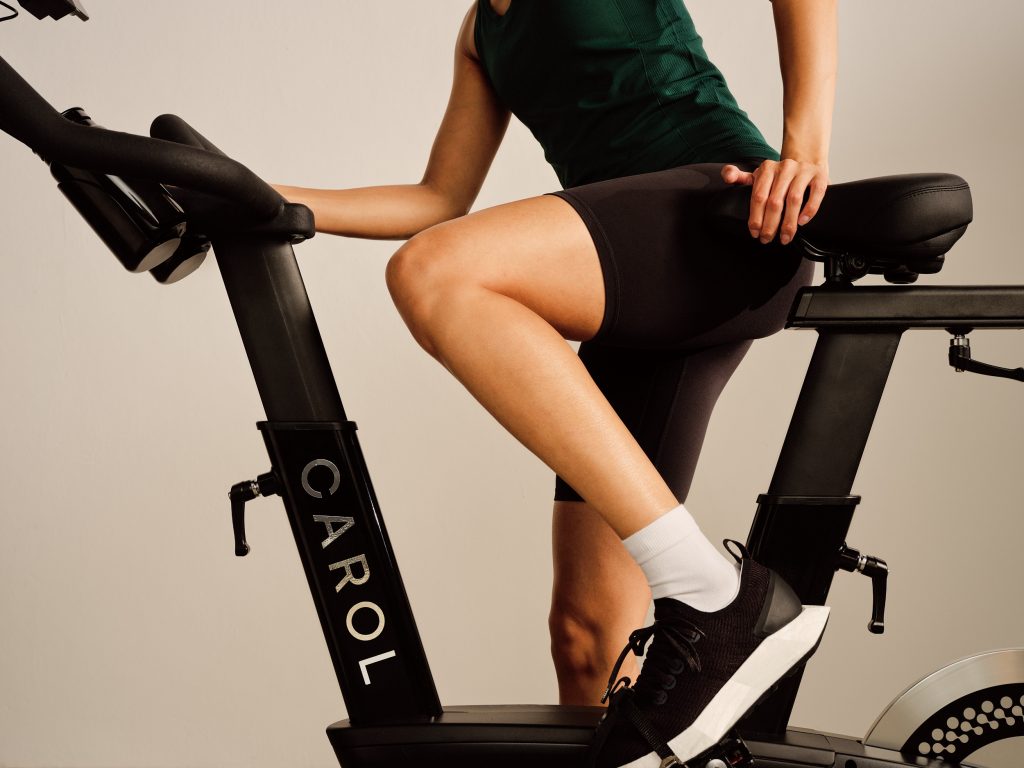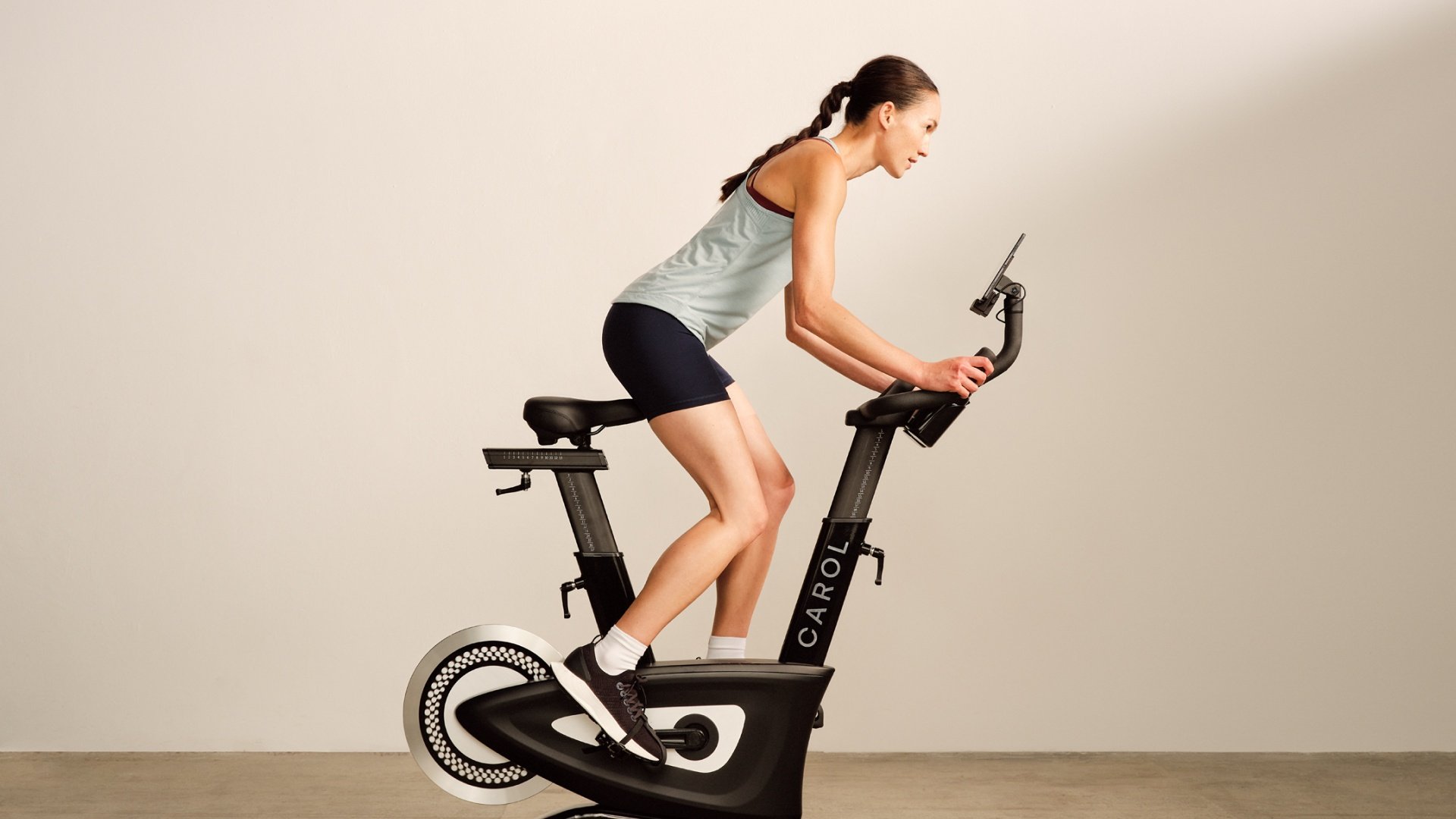When your workout ends, your body doesn’t just stop burning calories—it keeps going, even after you’ve left the gym or finished your exercise routine. This is due to excess post-exercise oxygen consumption (EPOC), which can be a powerful tool in your weight loss journey.
What is the EPOC effect?
Studies have shown that during an intense workout, a person can burn about 5 calories for every liter of oxygen consumed. But the number of calories burned doesn’t stop there. Your oxygen consumption during the workout has a direct impact on the number of calories you’ll continue to burn even during post-exercise rest.
This effect is known as excess post-exercise oxygen consumption (EPOC), also called oxygen debt or afterburn effect. EPOC is the amount of oxygen required to restore your body to its normal, resting level of metabolic function. So the higher your oxygen consumption during the workout, the greater the calorie burn you’ll experience during the recovery period.
How EPOC works
During exercise, muscular activity is fueled by adenosine triphosphate (ATP) stored in muscles. When these stores are depleted, the body can continue to produce ATP in 2 ways: anaerobic and aerobic. The anaerobic system uses glycolysis to produce ATP for activities lasting from 30 seconds to 3 minutes, resulting in the production of lactic acid as a byproduct. Lactic acid is then transported to the liver via the bloodstream.
On the other hand, the aerobic system comes into play during low- to moderate-intensity training and helps the body sustain physical activity for a longer period of time. It occurs in the mitochondria and relies on oxygen to help with energy production. While the glycolytic system uses carbohydrates to generate energy, the oxidative system uses fat and protein.
During exercise, the body accumulates an oxygen debt as it breathes less oxygen than needed to oxidize lactic acid and replenish ATP. The more intensely anaerobic pathways were used during the workout, the greater the need for oxygen after the workout, thereby enhancing the EPOC effect.
During EPOC, you may experience increased respiration and heart rate, as well as higher levels of hormones and neurotransmitters such as cortisol, adrenaline, and noradrenaline. Your body focuses on restoring oxygen levels in venous blood, skeletal muscle blood, and myoglobin, re-synthesizing lactate to glycogen, and decreasing body temperature.
EPOC can help improve your body composition by facilitating weight loss and building lean muscle mass through anaerobic training. Additionally, it may lead to several benefits, including improved blood lipids, increased glucose tolerance and insulin sensitivity, and a positive role in appetite regulation.

The higher your oxygen consumption during a workout, the greater the calorie burn you'll experience during the recovery period.

The more intense your workout, the larger the EOPC effect.
What types of training sessions contribute to the EPOC effect the most?
The mechanics of EPOC make it clear that anaerobic activity is the most efficient way to maximize this effect. Although the body prefers aerobic metabolism as the most efficient and long-term energy source, the anaerobic system provides the necessary ATP much more quickly at higher intensities when energy is needed immediately. That’s why EPOC is influenced by exercise intensity, not duration.
According to research, resistance training provides a greater EPOC effect than steady-pace aerobic sessions. The mechanisms underlying the higher EPOC observed in resistance exercise include elevated blood lactate, an increase in circulating catecholamines (epinephrine and norepinephrine), and anabolic hormones.
In a 2000 study of the effect of intense resistance exercise on EPOC, researchers observed 7 females perform 5x sets of 10 different exercises. Their EPOC remained elevated by 13% throughout the 3-hour post-exercise measurement phase, and their resting metabolic rate was increased by 4.2% during the next 16 hours. The authors concluded that intense resistance training produces a modest but prolonged elevation of post-exercise metabolic rate in women.
Circuit training is also known to provide an afterburn effect similar to resistance training. Circuit training consists of a series of exercises performed one after the other without rest, with each exercise lasting from 30 seconds to a few minutes.
However, the most effective way to stimulate the EPOC effect is through high-intensity interval training (HIIT). By repeating several bouts of intense exercise, you are stacking your oxygen debt across every round to create an accumulative effect. The EPOC effect for HIIT training may last for up to 72 hours plus compared to 16 hours for resistance training, and 3 hours for steady-pace cardio training.
That’s why a 20-minute HIIT workout will require more EPOC than a 45-minute run, adding an extra 6-15% of the total energy cost of the exercise session. For example, 20 rounds of 1-minute running intervals performed at 105% of VO2max, separated by 2 minutes of rest, burned 537 calories during exercise and an extra 64 calories in the 9 hours after the session. You may even increase EPOC more by shortening the rest interval duration, as suggested by this study.
REHIT and EPOC
Reduced Exertion HIIT (REHIT) is a scientifically optimized high-intensity interval training protocol that delivers highly efficient results in a short amount of time. REHIT involves a 2-minute warm-up, followed by 2×20-second sprints with 1-3 minutes of recovery time in between, and a 3-minute cooldown.
The sprints are performed at max intensity, which enables your body to perform a greater absolute amount of work, depleting more of the glycogen stores than sustained continuous exercise. As your body enters into a fight or flight response to sustain the intense exercise, all metabolic processes are boosted, leading to significant health and fitness benefits. In fact, studies show you will get double the benefits of regular exercise—in 90% less time.
REHIT on CAROL Bike has been shown to significantly increase the EPOC effect compared to traditional moderate or vigorous-intensity exercise, in addition to increasing calorie burn and cardiovascular benefits.
During a 2021 study, researchers compared the EPOC effect of CAROL Bike’s signature REHIT and Fat-burn rides with treadmill exercise. The results showed that while runners burned between 45.2 to 72.1 calories post-training depending on the exercise intensity, participants in the intense REHIT program burned 87.7 calories and those in the Fat-burn ride doubled this number with 186.1 calories. This data shows that during the REHIT program 66% of calories are burned post-exercise compared to the usual 6-15% calorie afterburn effect. The duration of EPOC following the Fat-burn ride was also significantly longer compared to REHIT: 167.4 min vs. 77.4 min.
If you are looking to maximize your weight loss with the EPOC effect, CAROL Bike’s Fat-burn ride is the best way to do this, according to science.

REHIT on CAROL Bike has been shown to significantly increase the EPOC effect compared to traditional exercise.
How to make the most out of the EPOC effect
If you want to maximize the EPOC effect in your workout routine, there are a few tips you can follow to burn more calories throughout the day:
- Focus on exercise intensity rather than duration. The more energy you expend during your workout, the more EPOC you’ll generate.
- Aim for an exercise routine that reaches at least 50% of your VO2max. Any lower intensity will have a minimal EPOC window. During HIIT workouts you usually work at 70-80% of your VO2max.
- HIIT and REHIT protocols are the two most efficient ways to increase oxygen consumption and generate EPOC.
- Increase the incline on your treadmill or the resistance on your bike during steady-pace cardio to boost EPOC.
- The EPOC effect is improved by full-body exercises that work all major muscle groups.
- Staying well-hydrated is crucial for removing lactic acid and rebuilding glycogen stores during the afterburn effect. Drink enough water after your training sessions.
- Limit post-exercise carb consumption and focus on protein-rich products to help your body recover.
- Allow for a longer recovery period after high-intensity workouts. Make sure to have at least 48 hours between high-intensity exercise sessions, and periodize high-intensity and lower-intensity sessions.
- Get enough quality sleep for proper recovery—at least 7 hours per night.
While the EPOC effect can help contribute to weight loss, it’s not a magic solution. Even with high-intensity interval training, it typically only increases overall calorie burn by about 15%. This means that the effect of EPOC on weight control is significant mainly in terms of its cumulative effect over time.
However, if you opt for the REHIT training protocol, your EPOC can increase to an impressive 66% of overall calorie burn, meaning that you can achieve the same result with much shorter workouts. By training for just 15 minutes per week, you will burn more calories than during a 30-minute steady-state cardio session such as running.

Got a question? Let's book a call.
All our experts have MSCs in Exercise Science, and they’re here to answer your questions. Whether it’s about the science behind CAROL Bike, or general fitness advice, whatever’s on your mind—we’re here for you.


